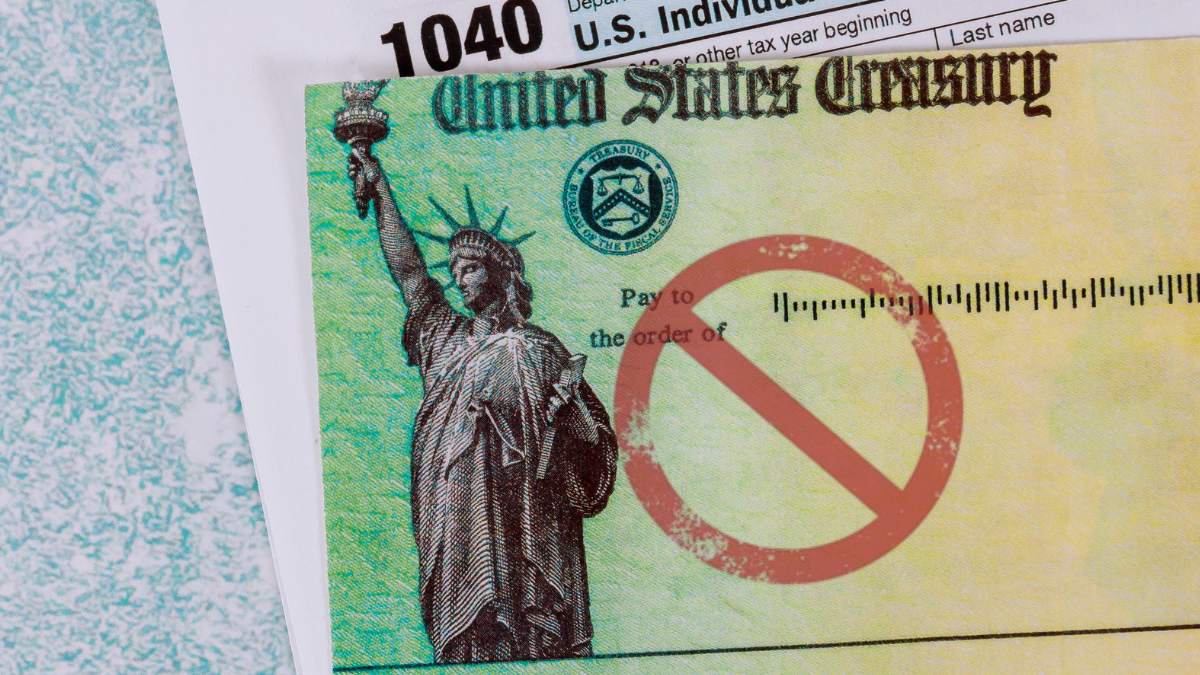If you usually receive physical retirement checks or tax refunds, this may interest you. Donald Trump’s administration just took an important step to say goodbye to paper checks. As of now, the federal government has about six months (until September 30) to switch almost all of its payments to electronic methods. The reason is only one: reduce costs, avoid fraud and speed up transactions. But, of course, not everything is so simple.
If you are one of the more than 450,000 people who still receive benefits payments and tax refunds by mail, you will need to update your information to start receiving the money by direct deposit, prepaid debit card or another digital method. For many, this will be a piece of cake. This applies, of course, for most of the payments and money deliver made by the Internal Revenue Service (IRS), as well as by other federal agencies.
The IRS will stop sending paper checks: how it affects Americans
But there is a group, especially older adults or people without easy access to the internet, who could face obstacles. The good news? Trump’s order mentions that there will be exceptions for those who have difficulties. Of course, it is still unclear how this aid process will work.
On the other hand, Social Security offices could be overwhelmed. Imagine thousands of people calling or visiting branches to update their information… but with many locations closed due to budget cuts. A mess, right? Although the government promises efficiency, we will have to see how they handle support for those who need practical assistance.
Why eliminate checks, if they always worked well?
According to the White House, paper payments are slow, expensive, and insecure. Think about this: every time they print a check, there is postage, paper, and ink. Additionally, fraud involving stolen or altered checks is a growing problem (we’ll talk about that later).
Electronic payments, on the other hand, are instant, cheaper and allow you to track everything in real time. Of course, it is not a magic solution. Cybercriminals exist, but at least the risk of your check being stolen from your mailbox is eliminated.
This is the strongest data that reinforces Trump’s argument to move forward: between February and August 2023, check fraud for more than $688 million was reported. Yes, there are no extra numbers in that figure. And that’s just what has been detected. Mail theft has become a lucrative business for scammers. How do they do it?
For example, last year, two former postal employees were accused of stealing $4 million in Treasury checks at JFK airport. Among what was stolen were pandemic stimulus checks, tax refunds and Social Security payments. But they are not isolated cases. The FBI and the Postal Inspection Service warn that these types of crimes almost doubled between 2021 and 2023.
Thieves have several deceptive tactics. Some are obvious; others, more ingenious. These are the five risk situations that you should avoid:
- Leaving checks in your mailbox all night.
- Drop checks into USPS blue drop boxes after the last pickup time.
- Direct thefts at postal facilities (yes, it happens!).
- Postal employees who are threatened or assaulted.
- Corruption: USPS workers collaborating with scammers in exchange for bribes.
Exceptions to the rule to continue receiving paper checks
Don’t have a bank account? Do you live in a rural area without a good internet connection? Don’t worry. The executive order says there will be options for those who cannot use digital methods. Treasury Secretary Scott Bessent has 180 days to detail how these alternatives will work.
That means that if you fall into one of these categories, you won’t be left without your money. Of course, be prepared to give some explanation or fill out forms to justify your situation.




